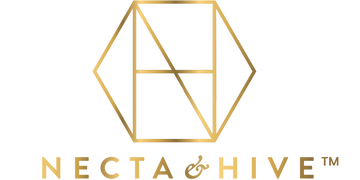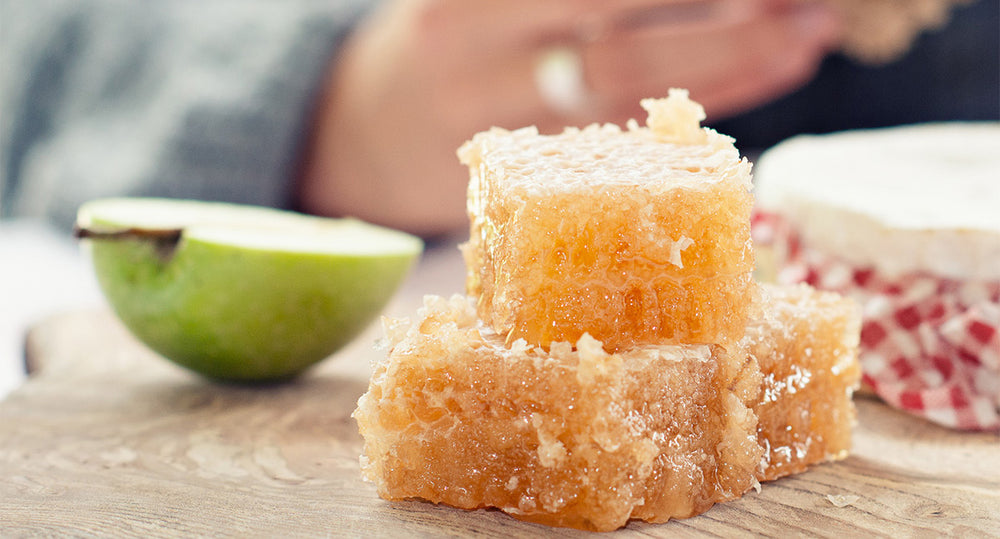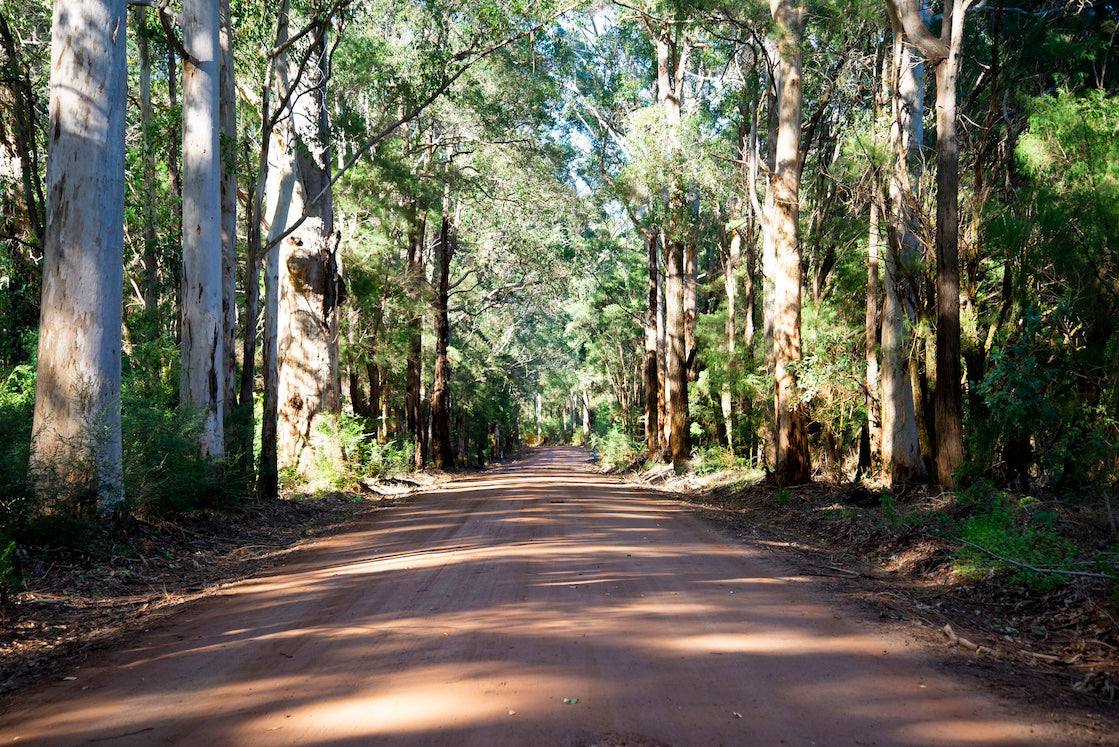Our annual calendars are full of days marking the important people in our lives and beyond. But have you ever given thought to the plants that enhance our lives just as much? Perhaps this International Day of Forests, you might like to pause for a mindful moment and think about all the trees, woodlands and forests that cover our planet!
Each year, on 21st March, the UN declares the International Day of Forests, and in 2024, the theme is Forests and Innovation: New solutions for a better world. Organisers encourage individuals and local community groups to “undertake local, national and international efforts to organise activities involving forests and trees, such as tree planting campaigns”.
So, what better way for Necta & Hive to celebrate, than by highlighting the amazing Jarrah tree. Because as much as bees are essential for our honey production, they wouldn’t be able to create our Jarrah honey without the existence of the magnificent Jarrah tree.
Fun facts about the Jarrah tree
The Jarrah tree is part of the eucalyptus, or myrtle, family, and is native to Western Australia. It’s one of the six Western Australian Forest giants. Giants they may be, but it takes them a while to achieve this status – around 100 years in fact. They grow to around 40 or 50 meters high and can live for 450 years or more.
It only flowers every other year, when it produces beautiful clusters of white, ball shaped flowers with a glorious scent – that only last for a short period of time. Since local bees need these flowers to forage and collect nectar from, and given that they have to wait two years, the resulting honey is a very prestigious product to say the least.
The wonders of Jarrah honey
Jarrah honey is to Western Australia, what Manuka honey is to New Zealand. Granted, Manuka honey is more well known here in the UK, but we’re here to sing the praises of the superior Jarrah!
Jarrah honey consistently performs better than Manuka in independent tests into the antimicrobial power of active, healing honeys – often scoring up to 90% higher. Hydrogen peroxide might sound like something used in a hair salon (and you’d be right) but it’s also found in different concentrations in active, healing honey such as Jarrah – and it’s what gives this honey its healing, antimicrobial properties.
It’s produced within the honey via a chemical reaction between the action of a naturally present enzyme called glucose oxidase (which is added to honey by the honey bees), the glucose in the honey and oxygen molecules from the water content of honey.
It’s the presence of hydrogen peroxide that gives Jarrah it’s antimicrobial properties – this means it can help to inhibit the growth of bacteria, viruses, fungi and yeasts, both in terms of wounds and internal infections.
When it comes to honey, you most definitely get what you pay for. Cheap, squeezy bottles of supermarket honey might seem cost effective. But if you’re consuming honey for its health properties, then honey that costs a few pounds simply won’t contain the beneficial compounds found in Jarrah honey. Plus, mass produced, cheap honeys are more than likely going to contain some level of sugar syrup to add to the runniness and ease of squeezability. So technically, they’re not even honey!
Jarrah honey is a dark, amber honey, rich in antioxidants and anti-inflammatory compounds with a flavour reminiscent of sweet caramel.
So what are you waiting for? Order yours today and see for yourself!






